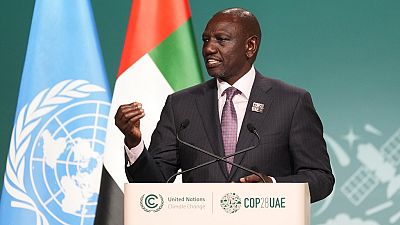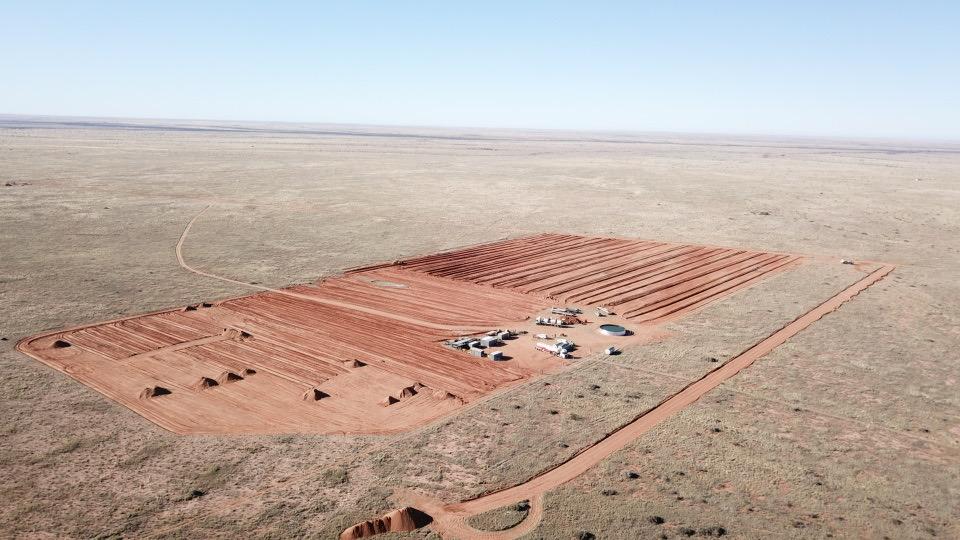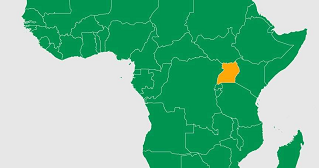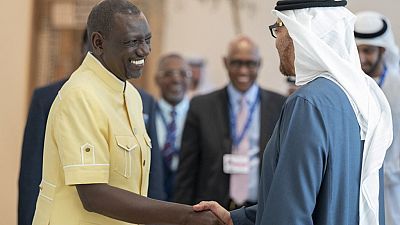The EU’s Carbon Border Adjustment Mechanism will penalise Africa’s value-added products and force it to remain an exporter of raw materials to Europe, warned AfDB president Akinwumi Adesina at COP28.
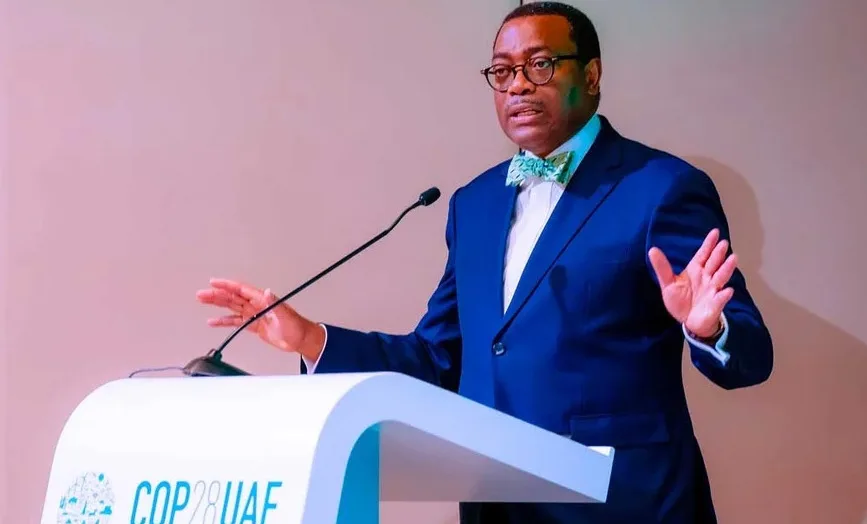
December 7th, 2023
By
Image : AfDB
Speaking at the Sustainable Trade Africa Conference on the sidelines of Cop28 in Dubai, Akinwumi Adesina argued that the mechanism could significantly constrain Africa’s trade and industrialisation progress by penalising value-added exports including steel, cement, iron, aluminium and fertilisers.
“With Africa’s energy deficit and reliance mainly on fossil fuels, especially diesel, the implication is that Africa will be forced to export raw commodities again into Europe, which will further cause de-industrialisation of Africa. Africa has been short-changed by climate change; now it will be short-changed in global trade,” he said.
Why is Europe introducing the CBAM?
The European Commission describes the CBAM, which entered its transitional phase on 1 October, as its “landmark tool to fight carbon leakage”. Carbon leakage occurs when companies based in the EU move carbon-intensive production abroad to countries where less stringent climate policies are in place.
It is intended to equalise the price of carbon between domestic products and imports, “ensuring that the EU’s climate policies are not undermined by production relocating to countries with less ambitious green standards or by the replacement of EU products by more carbon-intensive imports.”
The CBAM will initially apply to imports of certain goods and selected precursors whose production is carbon intensive and at most significant risk of carbon leakage – cement, iron and steel, aluminium, fertilisers, electricity and hydrogen. When fully phased in it will capture more than 50% of the emissions in sectors covered by the EU’s Emissions Trading System.
Related articles
- Three priorities for Africa at COP28
- EU Deforestation Regulation (EUDR) must not ignore needs of African farmers
- Struggling carbon market forces African projects to rethink
Speaking at the time of its introduction, Valdis Dombrovskis, the European Commission’s executive vice-president for an economy that works for people, said that the mechanism was compliant with World Trade Organisation rules.
“The EU needs the Carbon Border Adjustment Mechanism to achieve its ambitious emission reduction targets and achieve climate neutrality by 2050. The CBAM will tackle the risk of carbon leakage in a non-discriminatory way and in full compliance with WTO rules. The EU will be leading by example and encouraging global industry to embrace greener and more sustainable technologies.”
CBAM undermines Africa’s competitiveness
Citing data from the International Renewable Energy Agency, Adesina said that Africa is already being overlooked in the global energy transition and the legislation will only serve to drive inequalities between the regions.
“Africa received just $60bn or 2% of the $3 trillion of global investments in renewable energy in the past two decades, a trend that will now impact negatively on its ability to export competitively into Europe.”
In response, Adesina called for “Just Trade-for-Energy Transition partnerships,” which he said would enable Africa’s renewable ambitions without restricting its trade prospects.
“This system does not take into consideration the principle of common but differentiated responsibility as per the Paris Accord, which requires developed countries to peak on carbon emissions and achieve net-zero in the first half of the century, while developing countries peak and achieve net-zero in the second half of the century,” he underlined.
Benedict Oramah, president of Afreximbank, also warned of the danger that Africa must manage its pace of decarbonisation given the financial costs.
“Preliminary results of a study recently commissioned by Afreximbank reveal that rapid decarbonisation by fossil fuel-exporting countries in Africa could cut merchandise exports by $150bn,” he warned.
Source. AfricanBusiness, 7th December 2023
 afric-Invest
afric-Invest

